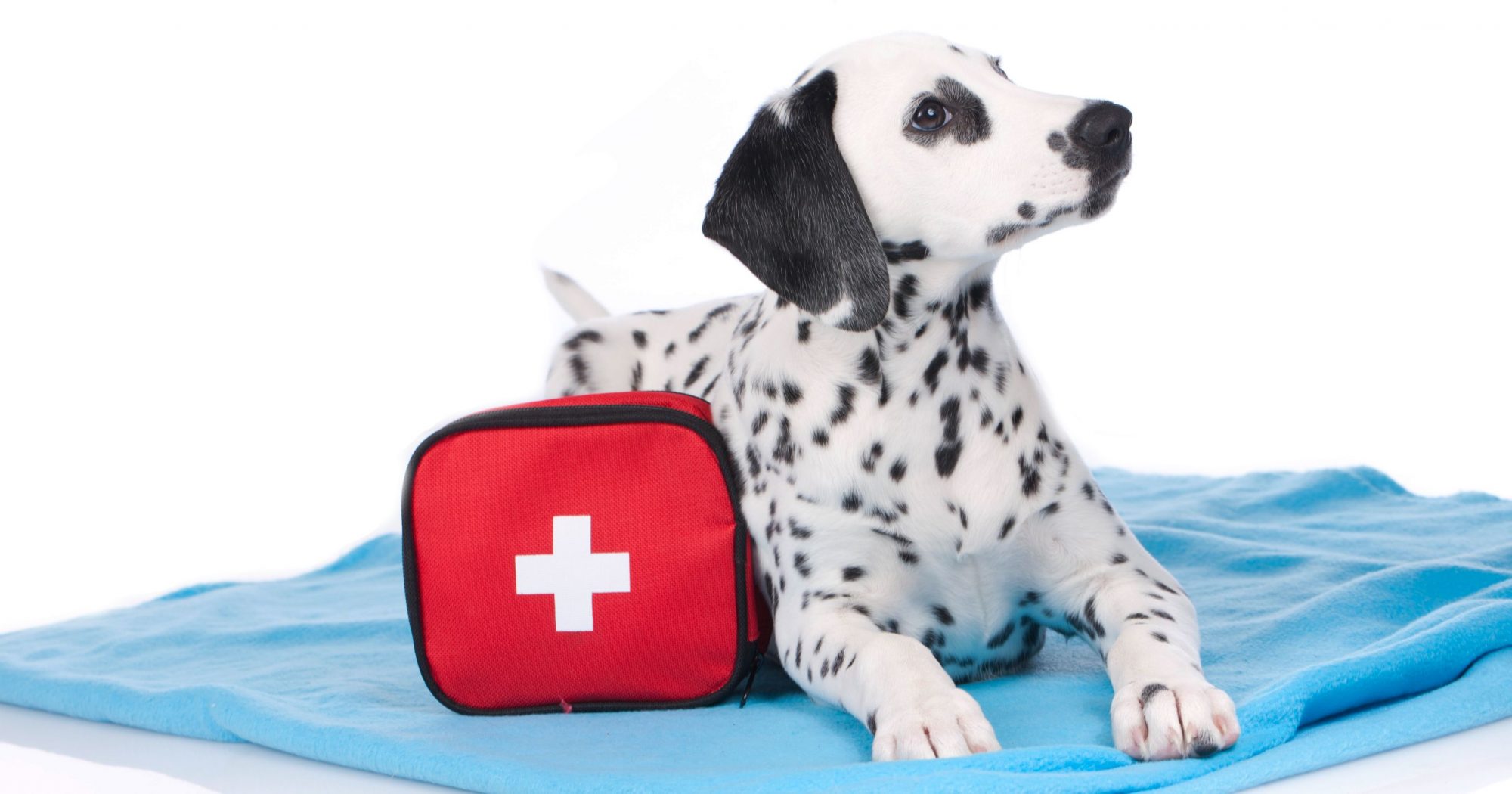How to Make Your Own Pet First-Aid Kit

Your pet is a member of your family. You love your pets, care for them, and want to keep them safe. But what happens if they get injured or sick? In some cases, you may not be able to get your dog or cat to the vet right away, so it’s essential to have a basic pet first-aid kit on hand.
For your pet’s safety in the event of an emergency, the American Red Cross recommends keeping a pet first-aid kit stocked and ready, but that doesn’t mean you need to buy one from an expensive store or specialist retailer. Here’s how you can make your own:
Keep a Pet First-Aid Kit Stocked and Ready to Use
Whether you buy a commercial pet first-aid kit or make your own, it should contain the same essential supplies to effectively address any pet injury or emergency.
First, get a sturdy plastic box with a handle and a snap-tight lid. Stock it with these items:
- Gauze pads and roll
- Medical adhesive tape
- Nonstick stretch bandages (Ace)
- Antiseptic wipes, lotion, or powder
- Hydrogen peroxide, 3% USP solution
- Isopropyl alcohol, 70% solution (rubbing alcohol)
- Antibiotic ointment
- Activated charcoal
- Syringes
- Sterile wipes for cleaning wounds
- Styptic powder (for bleeding toenails)
- Sterile eye wash
- Thermometer
- Lubricating jelly (such as K-Y)
- Nail clippers
- Tick tweezers
- Flea comb
- Cotton balls and swabs for applying ointment, etc.
- An ice pack or cold compress
Gather your pet’s medical records, including immunization history, a list of any medications being taken, and health history in case of a visit to an emergency animal hospital. Have a current photo available to identify your pet if he should become lost.
Find a first-aid guide specific to the needs of dogs and cats, and keep it with your first-aid kit.
Keep the first-aid kit, the first-aid guide, and your pet’s medical records in a convenient, easy-to-access location.
Tweak the Recommended List to Suit Your Pet’s Needs
Depending on your pet’s needs, you may want to include aspirin, antibiotics, or antihistamines in your first-aid kit. If your pet has chronic health issues, such as kidney problems, heart issues, or diabetes, include a supply of the appropriate medications as well.
Learn How to Perform Dog CPR or Cat CPR
If your pet is having trouble breathing or has stopped breathing, you can perform cardiopulmonary resuscitation (CPR) to help them.
CPR combines chest compressions and artificial ventilation for dogs and cats. The goal of CPR is to restore blood flow to the brain and heart, allowing oxygenated blood to reach vital organs.
The concept for CPR in dogs and cats is essentially the same as for humans, but significant differences do exist. Your pet’s heart is different from a human’s. While human hearts have four chambers (left atrium, left ventricle, right atrium, and left ventricle), dogs’ hearts only have two chambers: left atrium and left ventricle. Cats’ hearts only have one chamber: the left atrium.
Videos demonstrating pet CPR basics can be viewed online, but the best way to learn how to save your pet’s life with CPR is from a veterinarian or animal first responder.
Keep Emergency Numbers Handy
You should also keep a few emergency phone numbers handy:
- Your veterinarian’s number.
- The ASPCA Animal Poison Control Center (APCC)—1-888-426-4435.
When traveling with your pet, know the location of the closest vet and the closest 24-hour emergency clinic.
Keep Your Pet Safe by Planning Ahead
You can get a head start on maintaining your pet’s wellness in the event of an injury or emergency by preparing a well-stocked first-aid kit.
Contact us if you have questions about pet safety, first aid, or to schedule an appointment. The knowledgeable, friendly staff at Marketplace Veterinary Hospital is here to help.

